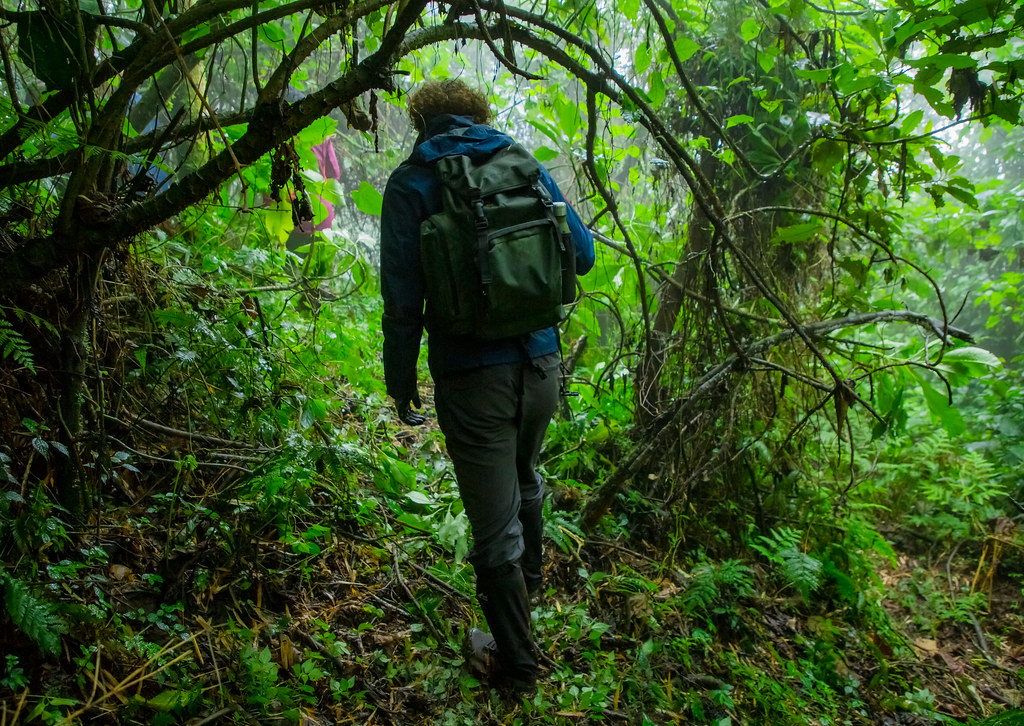Gorilla Trekking rules and regulations in Uganda, Rwanda and DRC
Gorilla Trekking rules and regulations in Uganda, Rwanda and DRC
Gorilla trekking is a captivating adventure that offers a rare opportunity to observe the majestic mountain gorillas in their natural habitat. This once-in-a-lifetime experience is available in countries like Uganda, Rwanda, and the Democratic Republic of the Congo, home to the critically endangered mountain gorillas. However, due to the fragile nature of these primates and their ecosystems, strict rules and regulations are in place to ensure their protection and the safety of trekkers.
Here is a detailed guide to the rules and regulations governing gorilla trekking.
Permits and Group Sizes
Permits: Obtaining a gorilla trekking permit is mandatory. These permits are issued by wildlife authorities in each country, such as the Uganda Wildlife Authority (UWA), the Rwanda Development Board (RDB), and the Institut Congolais pour la Conservation de la Nature (ICCN). Permits are limited to reduce the impact on the gorillas and their habitat. It’s advisable to book these permits well in advance due to high demand.
Group Sizes: Only a limited number of visitors are allowed to trek each day. Typically, a group of eight tourists is permitted to visit a gorilla family. This regulation minimizes stress on the gorillas and ensures a more intimate and manageable experience for visitors.
Health and Safety Protocols
Health Requirements: Gorillas are susceptible to human diseases, particularly respiratory infections. Visitors who are ill or have contagious diseases such as flu or diarrhea are not allowed to trek. A health check is often conducted before the trek.
Age Restrictions: The minimum age for gorilla trekking is usually 15 years. This ensures that participants have the necessary maturity and physical stamina for the trek.
Trekking Guidelines
Briefing: Before embarking on the trek, all participants must attend a mandatory briefing session. This session covers the trekking route, safety measures, and behavioural guidelines.
Distance: A minimum distance of 7 meters (about 23 feet) must be maintained between trekkers and gorillas. This reduces the risk of disease transmission and prevents distress to the animals.
Quiet Behavior: Trekkers are advised to speak softly and avoid making sudden movements or sounds. Loud noises can startle the gorillas and disrupt their natural behavior.
No Flash Photography: Flash photography is strictly prohibited. The flash can scare the gorillas and alter their behavior. Trekkers should ensure their cameras are set to non-flash mode.
Environmental and Conservation Measures
Leave No Trace: Trekkers must adhere to the “leave no trace” principles. This means carrying out all waste, including food wrappers and water bottles, to prevent littering the habitat.
Prohibited Items: Items such as food, drinks (except water), and smoking materials are not allowed during the trek. The scent and litter can disturb the gorillas and their environment.
Interaction Protocols
No Contact: Physical contact with gorillas is strictly forbidden. Gorillas are wild animals and can react unpredictably. Maintaining distance is crucial for the safety of both trekkers and gorillas.
Crouch if Approached: If a gorilla approaches you, crouch down slowly and avoid direct eye contact. This position is non-threatening and signals to the gorilla that you are not a danger.
Post-Trek Conduct
Handwashing: After the trek, visitors are encouraged to wash their hands thoroughly. This practice helps prevent the spread of any germs picked up during the trek.
Enforcement and Penalties
Guides and Rangers: Trained guides and rangers accompany every trekking group. They enforce the rules, provide safety, and share valuable information about the gorillas and their habitat.
Penalties: Violating the trekking rules can result in penalties, including fines and bans from future trekking. These measures are in place to uphold the integrity of the conservation efforts.
Conservation Impact
Gorilla trekking generates significant revenue that funds conservation programs and supports local communities. The strict adherence to rules ensures that this activity remains sustainable and continues to benefit the endangered mountain gorillas and their habitats.
In conclusion,
gorilla trekking is a privilege that comes with responsibilities. By following the established rules and regulations, trekkers contribute to the protection of these magnificent creatures and their environment, ensuring that future generations can also experience this extraordinary encounter.







Comments are closed